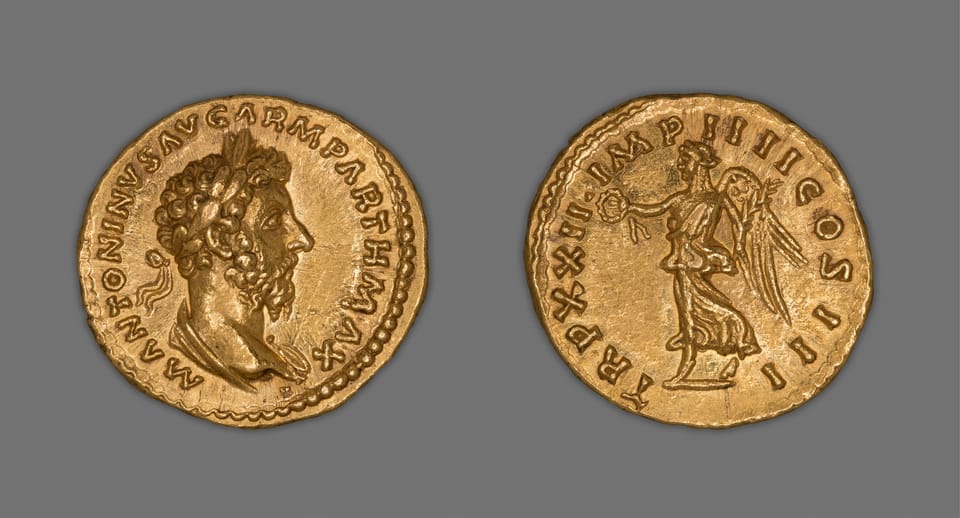Economic Complexity Reduces The Workload Of The Individual
Higher economic complexity, usually characterized by a higher degree of division of labor, correlates with fewer hours worked per week by individuals.

In The Wealth of Nations, Adam Smith wrote that "the intention of fixed capital," i.e. technology, is "to enable the same number of labourers to perform a much greater quantity of work," i.e. to increase productivity. Nearly 250 years later, technology has indeed increased productivity, but it has also reduced the amount of work required, so much so that the per capita workload in developed countries has fallen significantly over the past century and a half (Fig. 1).

This shift towards less work is an effect of the division of labor, a concept also introduced by Adam Smith, which is the basis for the specialization required for technological innovation, as new technologies tend to be more complex and require greater specialization to develop, manufacture, maintain, and operate. Historically, this led first to the division of labor among individuals working together, then among cooperating firms forming production chains, and finally sometimes even to the specialization of entire regions, such as the Vallée de Joux in Switzerland for watchmaking, the Ruhrgebiet in Germany for heavy industry, Silicon Valley in the United States for the development of digital technology, or Shenzhen in China for the production of this technology. Today, complex products are often manufactured by multiple companies in different countries and even continents. For example, leading chip designers such as NVIDIA are based in the United States, but their cutting-edge chips with single-digit nanometer transistors are manufactured by TSMC in Taiwan using extreme ultraviolet lithography systems from ASML of the Netherlands that incorporate laser technology and optics from Trumpf and ZEISS of Germany.

Traditional economic metrics do not reflect the complexity of products. In GDP calculations, earning a billion dollars from highly recoverable oil reserves is treated the same as earning a billion dollars from the development and manufacture of advanced technologies. The Chilean-Spanish-American physicist César Hidalgo, recognizing that there was no adequate measure of the sophistication of economies, introduced a measure of economic complexity in 2009. This work led to the development of the Economic Complexity Index (ECI), which measures complexity based on the diversity of products a country - or a company - produces and their ubiquity. Most countries can extract oil from highly recoverable reserves, if available, while very few countries can turn sand (silicon dioxide) into processor chips. Intuitively, we know that working conditions tend to be higher in countries that produce more sophisticated products. This is confirmed by a comparison of average weekly hours worked with the ECI, which shows a negative correlation (Fig. 2): higher economic complexity correlates with less work for the individual - complex technology not only allows higher productivity with the same work, but even with less work.
Despite the insights provided by the ECI, anomalies persist: For example, the Netherlands, home to ASML - the sole manufacturer of the critical extreme ultraviolet lithography systems needed to produce state-of-the-art transistors down to 3nm - has a relatively low weekly workload but an average ECI score of 1.11, ranking it 23rd among European nations. It seems that ASML, a company valued at around $350 billion (the Netherlands' GDP was around $1.1 trillion in 2023), is a prime example of economic complexity that is not reflected in the ECI for the Netherlands provided by the OEC. Perhaps the low number of hours worked per week in an economically successful country like the Netherlands could serve as an additional indicator of economic complexity not currently captured by the ECI.




